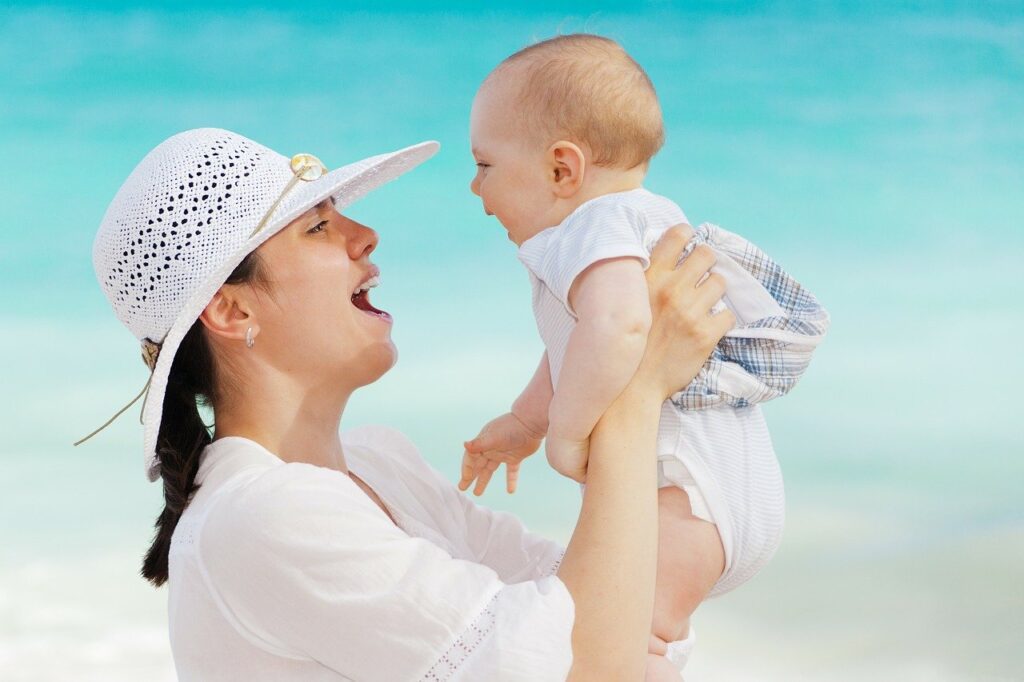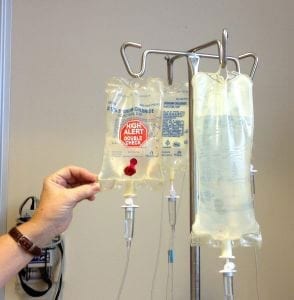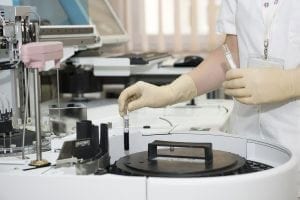Acute myeloid leukemia (AML) is a cancer of the bone marrow and blood. It spreads rapidly. Therefore precise and swift treatment is critical.
In a recent interview with Medical Life Sciences, it was difficult for Kelly Stephens to discuss her three-year-old son’s death from AML. Yet in her desire to help other Australian children and their families, Kelly painfully described his short life and his last days.
Kelly’s Recollection
Kelly said that they thought Charlie’s frequent cold symptoms during his first year were simply that his immune system was “catching up.” They had gone through these routine childhood sniffles with his older brother.
But then Kelly discovered a lesion on Charlie’s eye. Doctors began tests and scans that resulted in the devasting diagnosis: Charlie had acute myeloid leukemia.
Kelly’s first thoughts were that this could not be happening to them. Not to their precious child. Not to his older brother who adores him. It happens in movies. It can’t be happening.
Charlie had to endure eighteen months of very severe cancer treatment. At times, his medical team did not think he would survive. Because of the risk of infection, Charlie had to be isolated, and the medical team became his friends. Somehow he managed to laugh and often be in good spirits despite the pain and continuous discomfort.
In most cancer wards there is a large bell that is rung when cancer patients have completed their treatment. Charlie got to ring that bell. His cancer was in remission for six months. But then Charlie relapsed. By that time the cancer was found in his spinal fluid and bone marrow.
Kelly and her husband did not want to give up the fight. They wanted Charlie to have every chance to beat his cancer even though some doctors said Charlie was incurable and would not treat him.
Their medical team would not give either. By that time the cancer blasts were now showing up in his blood tests and even in his gums. Charlie’s family opted for a bone marrow transplant, which has been known to cure some AML patients.
The bone marrow transplant (BMT) removes unhealthy blood in stem cells and replaces it with healthy cells. It is also called a stem cell transplant.
For the second time in his young life, Charlie had to undergo the challenges of severe cancer treatment. In this case, the rebuilding of his immune system.
Charlie and his parents moved temporarily to Victoria for the BMT. Their older son was not allowed to be with them due to COVID-19 hospital rules and stayed with his grandparents in Melbourne. Charlie did not improve.
Kelly emotionally recalls the last days of Charlie’s life. Only five days before he passed, Charlie was able to return home with his parents. He once again slept on his special fire engine bed surrounded by his own toys.
His mother describes the family standing at Charlie’s bedside holding hands, reciting his favorite story, and telling him how loved and proud they were and that it is ok for him to rest now.
A Struggle to Save Other Children
Scientists at South Australia University have recently found that almost nineteen percent of all AML childhood cases can be linked to genetic changes inherited within family bloodlines.
Kelly said that she sees too many children dying from AML and strongly believes a cure is possible through continued and improved research. Kelly and her husband searched throughout Australia in an attempt to find researchers dedicated to the study of childhood AML. They located UniSA’s Acute Leukemia Laboratory where scientists were working on several such projects.
Professor Richard D’Andrea, the lead researcher at UniSA, said that the university’s discovery is not only a step forward, but a very important step towards finding a permanent cure.
Professor D’Andrea further stated that these genetic abnormalities may indicate a higher risk of AML as well as a possible sensitivity to chemotherapy. By identifying these risks, the clinicians are in a better position to treat children diagnosed with AML.
Professor D’Andrea, the Cancer Biology team, and Queensland University’s Dr. Andy Moore have spent the past five years analyzing DNA mutations and the causes of childhood AML. The group is focusing on improved methods to target and kill AML cells.
Kelly was referred to Professor Richard D’Andrea after learning of his expertise in childhood AML. Charlie’s family decided to begin a campaign to support his investigation into the causes of relapse.
To lend support for continued AML research please visit Charlie’s Rainbow: https://chuffed.org/project/charliesrainbow.








